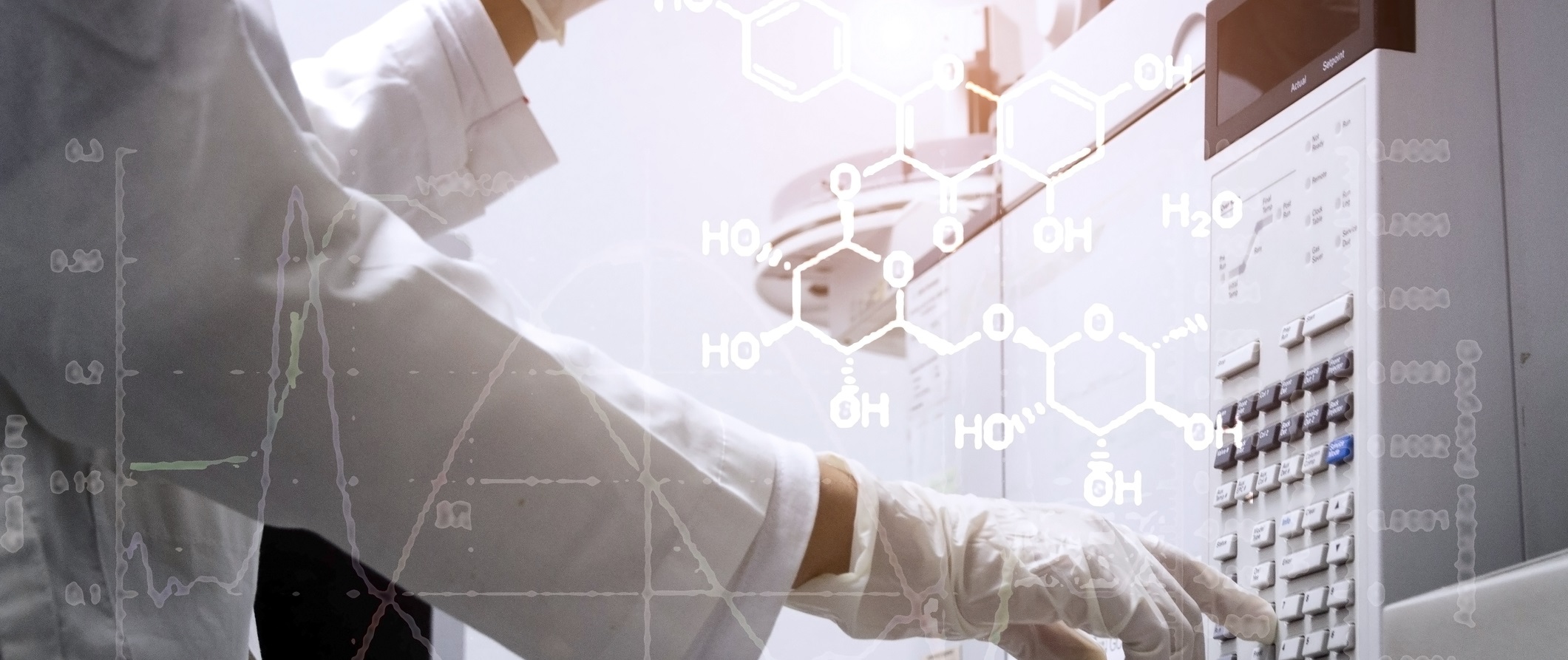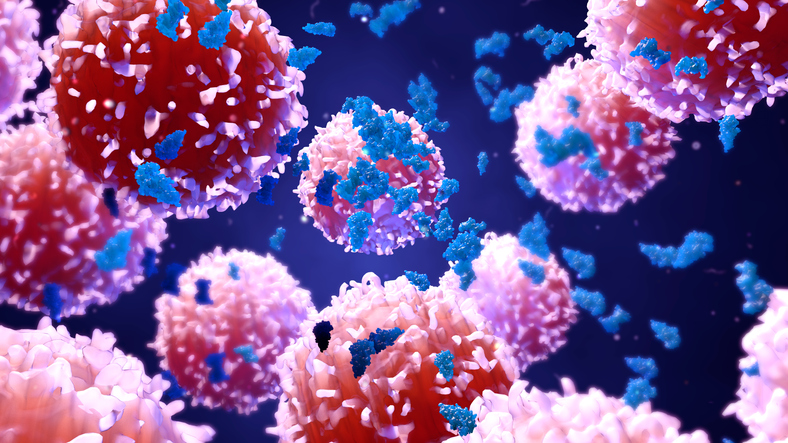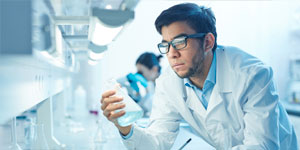Particulates

What are the likely Particulates in Purified Water?
Most particulates will be bacteria and products of bacterial degradation along with “fines” from ion exchange resins and other organic materials within the water purification system.
Where do Particulates come from?
Any particulates in the feed water will be rejected by reverse osmosis (RO) membranes or a series of filters, if fitted. Most particles within the water system will come from biofilms and those shed by ion-exchange (IX) resins, other media, tubing and fittings.
What Applications do Particulates Affect?
Particulates can build up and cause blockages in any system with fine tubing, filters, atomisers, pumps, LC columns and detectors , causing problems with many techniques including HPLC, ICP-MS, IC, ICP-OES,LC-MS and clinical analysers.
How are Particulates Monitored?
There are no on-line methods of monitoring for particulates in purified water that are rapid or sensitive enough. The usual approach is to provide adequate filtration within the water purification system to prevent particulates reaching the product water and ensure that the bacterial count remains low to minimise biofilm build-up. In practice, particulates in purified water are very rarely measured.
What Levels are Important?
The significance of impurities depends on the application. For most applications 0.2µm filtration is adequate to remove bacteria and particulates from other sources. 0.1 or 0.05µm filtration can be used to provide extra security.
How does ELGA Remove Particulate from the Water?
In ELGA systems over 99% of particulates in the feed-water can be removed by high-rejection reverse osmosis membranes. A subsequent storage reservoir is protected by vent-filtration. Particulate release from components is minimised by selection of high quality items and initial cleaning. In particular, high purity IX resins with low fines are essential. Any further growth of bacteria is limited by recirculation through a dual-wavelength ultraviolet chamber. This exposes the water to 185nm UV radiation which oxidises residual organics to ionised species that can be removed by ion-exchange resins and bactericidal 254nm UV which minimises the build-up of bacteria and the release of degradation products. Regular recirculation of the purified water is essential to minimise the build-up of bacterial biofilms.









